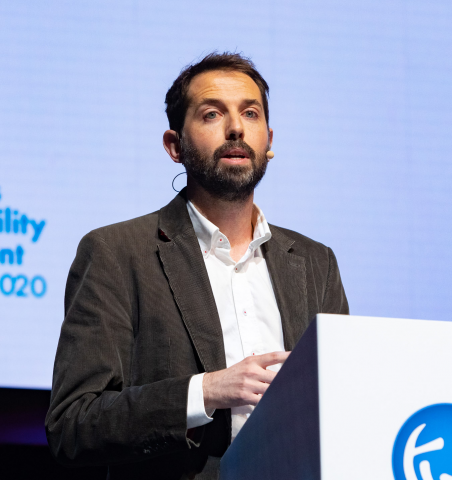Joan Camunas-Soler, Ph.D.
Faculty Candidate Peds/BioE
Founding Scientist at Mirvie
Stanford University
Seminar Information

Methods to simultaneously profile transcriptome and cell function at the single-cell level are scarce. In this talk, I will show that single-cell RNA sequencing in combination with electrophysiological measurements of exocytosis (patch-seq) can be used to study the connection between human endocrine physiology and transcriptomes at the single cell level. I will discuss the application of patch-seq to investigate normal physiology of pancreatic islet cells and their dysfunction in diabetes. Using data from 1,369 patch-seq cells from the pancreata of 34 human donors; I will show how this technology can be used to identify novel regulators of β-cell biology and transcriptomic alterations indicative of β-cell maladaptation and α-cell dysfunction in type 2 diabetes (T2D). Additionally, I will introduce methods for predictive electrophysiology by using a set of 484 genes that are highly correlated to β-cell function. I will then discuss how this work can be extended to perform in situ measurements that include cell-to-cell interactions and the local microenvironment which are critical in normal tissue physiology. Finally, I will also discuss how sequencing of circulating RNA in the blood (cell-free RNA) can be uses as a 'liquid biopsy' tool to monitor human disease. In particular, I will show that cell-free RNA can be used to establish a molecular clock of pregnancy and also as a tool to follow host-pathogen interactions during viral infection. Some of this work is currently being translated into clinical validation.
Dr. Camunas-Soler obtained his M. Sc. in Biophysics in the Royal Institute of Technology, and PhD in Physics in the University of Barcelona, where he developed single-molecule techniques and computational tools to study DNA and RNA interactions. As a postdoctoral scholar in Stephen Quake lab at Stanford University he has developed new tools in single-cell genomics and non-invasive diagnostics to investigative metabolic disorders and pregnancy complications. In addition to his academic work he is also translating one of these technologies into clinical validation in a biotechnology start-up. His work has been published in journals such as Science, Nature, Cell Metabolism, Nature Physics and PNAS, and it has also been recognized with several awards and patents.
